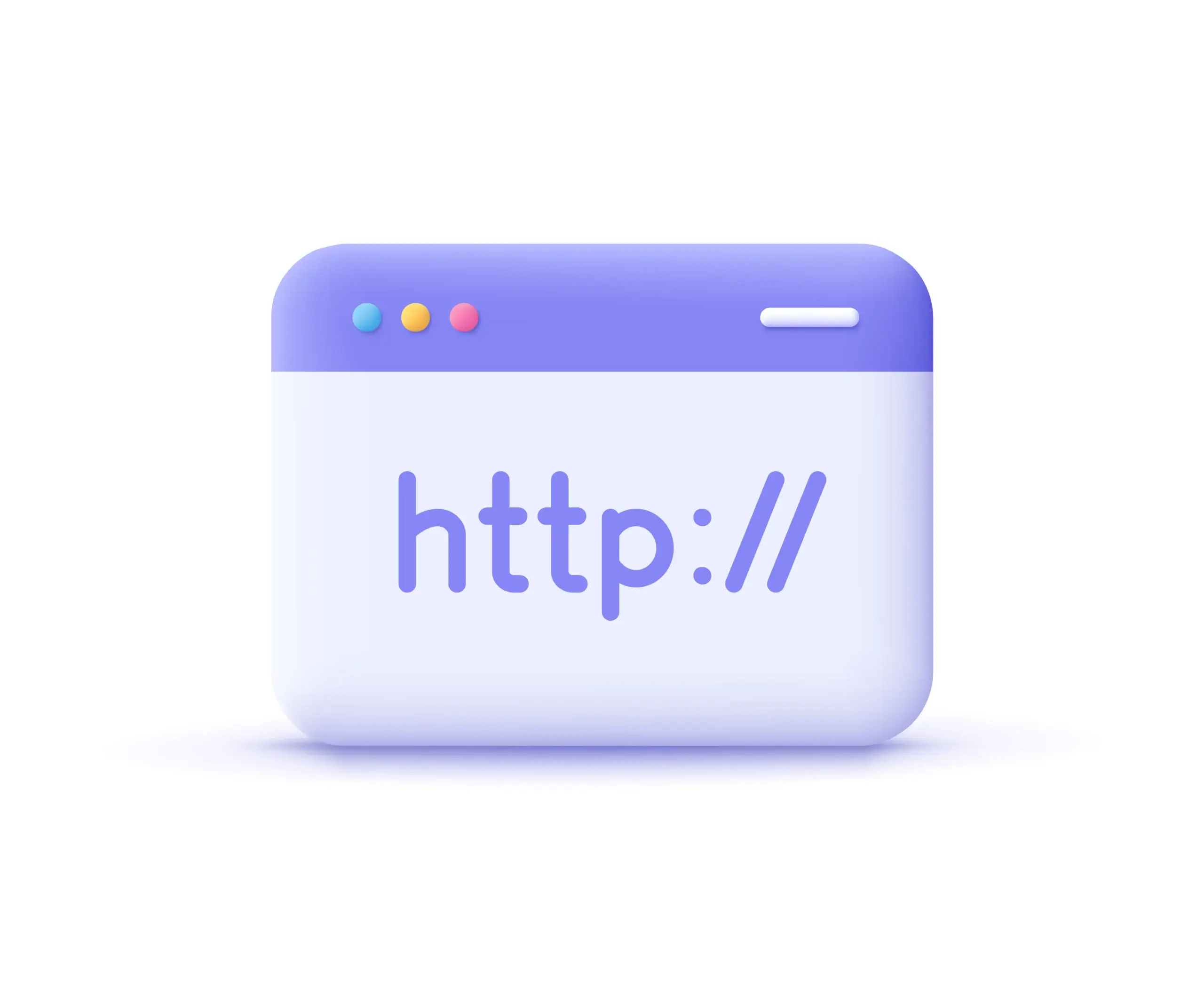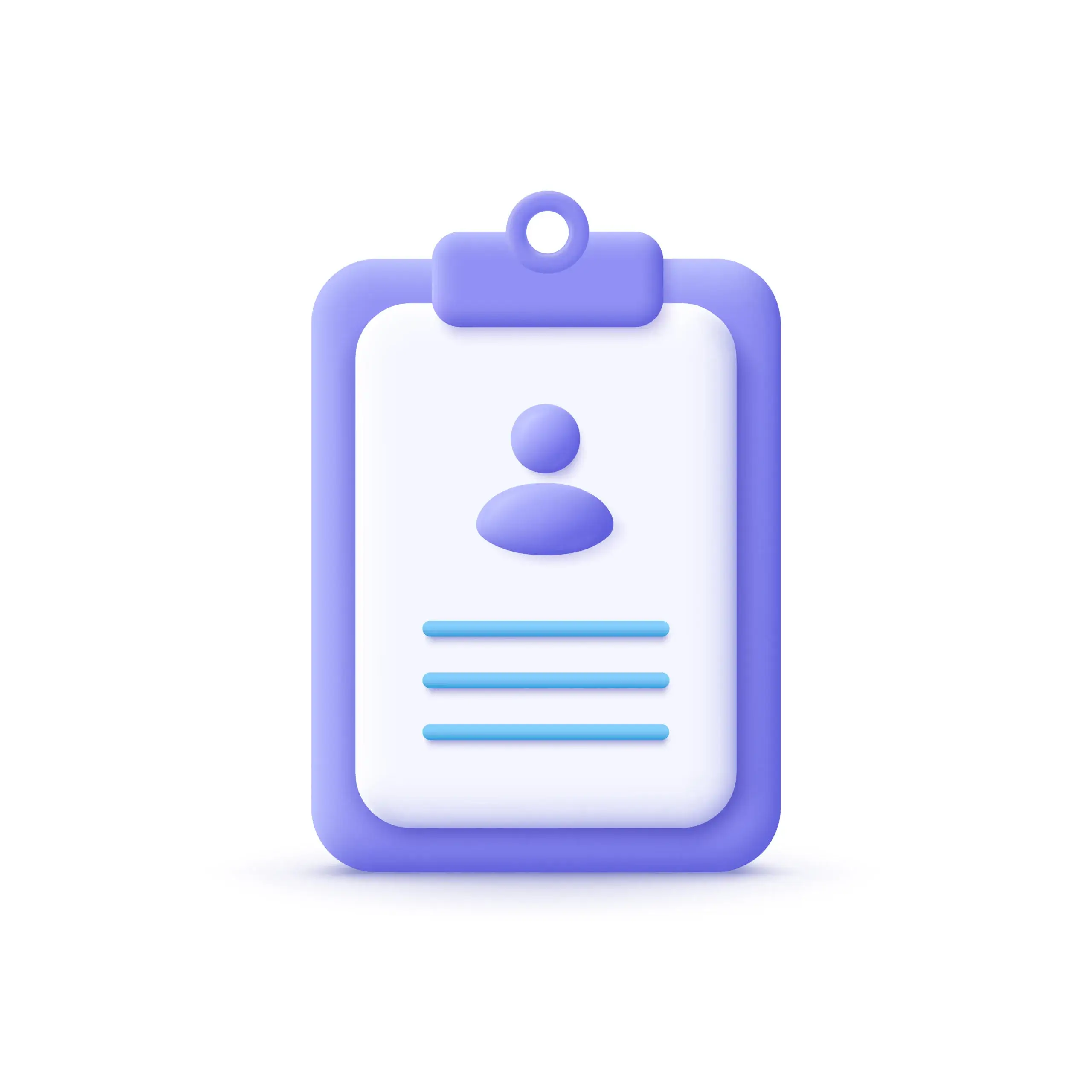If you’re trying to figure out forward proxy vs reverse proxy, you’ve come to the right spot. These tools handle web traffic in unique ways, with a forward proxy sitting between your device and the internet to manage outgoing requests, while a reverse proxy guards servers by directing incoming ones. Think of them as gatekeepers: one protects users like you from prying eyes, and the other shields websites from overload or threats.
What Is a Forward Proxy?
A forward proxy acts like a middleman for your computer or network when you reach out to the web. It takes your request, sends it to the target site, and brings back the response. This setup hides your real IP address, so sites see the proxy’s address instead. Businesses often use them to control what employees access online.
You set it up on the client side, meaning your device or browser points to the proxy first. It checks rules, like blocking certain sites, before letting traffic through. For better control, pair it with tools that rotate IPs to avoid blocks. Some setups cache pages to speed things up next time. Forward proxies shine in shared spaces, like offices, where they filter content. They also help bypass location locks on sites.
What Is a Reverse Proxy?
A reverse proxy works on the server end, standing in front of web servers to handle incoming requests from users. It grabs the request, picks the right backend server, and sends back the answer as if it came straight from itself. This keeps the real servers hidden from the outside world.
Websites use them to spread out traffic and keep things running smooth. The proxy decides where to route based on load or location. It can also check for bad traffic before it hits the servers. Reverse proxies often team up with caches to serve content faster. They manage connections, so servers don’t get swamped. If you’re building a site, think about adding one for protection.
Key Differences Between Forward and Reverse Proxies
Forward and reverse proxies both route traffic, but they face opposite directions. A forward proxy serves clients by managing outbound requests to the internet. It focuses on user privacy and access rules. A reverse proxy serves servers by managing inbound requests from users. It boosts performance and hides backend details.
Here’s a quick comparison table:
| Aspect | Forward Proxy | Reverse Proxy |
| Position | Between client and internet | Between internet and servers |
| Main Goal | Protect client identity, control access | Protect servers, balance load |
| Who Configures It | Client or user | Server admin |
| Hides What | Client IP from sites | Server IP from clients |
| Common Setup | Offices for filtering | Websites for scaling |
Forward proxies need client setup, like in your browser settings. Reverse ones stay invisible to users. Static residential proxies are forward options that excel in blending traffic. Reverse setups often include extras like encryption handling.
One big shift: forward proxies block unwanted outbound sites, while reverse ones scrub incoming threats. This makes forward better for personal use and reverse for hosting.
How Forward Proxies Work
When you click a link, your request goes to the forward proxy first. It checks if the site fits your rules. If yes, it forwards the ask with its own IP. The site replies to the proxy, which sends it back to you.
This process adds a layer for logging what you do online. In groups, admins track activity this way. Proxies can store common pages locally to cut wait times.
Forward proxies handle many clients at once, routing each request right. They might encrypt traffic too. If blocks happen, rotating types switch IPs fast.
How Reverse Proxies Work
A user sends a request to the site’s address, hitting the reverse proxy. It reads the ask, chooses a backend server, and passes it on. The server processes it, replies to the proxy, which forwards the answer to the user.
This lets sites swap servers without users noticing. Proxies can compress data or cache responses for speed. They often sit at the edge, close to users.
Reverse proxies manage sessions, keeping connections alive. They route based on user location or server health. In busy sites, this prevents crashes.
Use Cases for Forward Proxies
Forward proxies fit many everyday needs. In schools, they block social sites during class. Companies use them to stop leaks of sensitive info. Travelers grab them to watch home shows abroad. Researchers pull data without bans using rotated IPs. Some folks shield their browsing from trackers. Forward proxies log access for audits in firms. They cut costs by caching big files.
Use Cases for Reverse Proxies
Reverse proxies power big sites. They spread traffic so no server overloads. News portals use them for quick page loads worldwide. Apps hide behind them to fend off attacks. E-shops cache product pages for fast shopping. Cloud services route users to nearby servers. Reverse proxies offload secure connections, freeing servers.
Advantages and Disadvantages of Forward Proxies
Forward proxies boost privacy by masking your location. They let you skip blocks on content. Caching speeds up repeated visits.
On the flip side, setup takes time for each device. Bad ones might slow you down. Some free versions risk data leaks. For reliable ones, head to our register page.
They shine in controlled spots but might not handle heavy loads alone.
Advantages and Disadvantages of Reverse Proxies
Reverse proxies scale sites easily by adding servers behind them. They guard against floods of bad traffic. Caching cuts server work.
Drawbacks include extra setup costs. If the proxy fails, the whole site might go down. They add a tiny delay sometimes.
They work great for public-facing apps but need strong configs.
Security Benefits of Forward and Reverse Proxies
Forward proxies filter out risky sites before you reach them. They hide your details from trackers. In networks, they spot odd patterns early.
Reverse proxies scan incoming asks for threats. They block attacks at the door. By hiding servers, they make hacks tougher.
Both add encryption layers. Forward ones protect users; reverse ones safeguard hosts. Combine them for full coverage.
Performance Impacts of Proxies
Forward proxies can quicken access with local stores of data. They cut bandwidth by grabbing once for many. Rotations keep speeds high without bans.
Reverse proxies balance loads for steady response times. They compress files on the fly. Edge placement means less travel for data.
Both types optimize flows but might add hops. Good ones minimize that.
Choosing Between Forward and Reverse Proxies
Pick a forward proxy if you want user-side control and privacy. It’s ideal for browsing or data pulls. Reverse fits when hosting content for crowds.
Think about your goal: outbound safety or inbound scaling? Many setups mix both.
Scale matters too. Small teams lean forward; big sites go reverse.
How ProxyEmpire Stands Out
ProxyEmpire is a premium proxy service provider designed to empower web scraping, data collection, and unrestricted internet access through a vast network of ethically sourced residential, mobile, and datacenter proxies. Below is a detailed description based on the provided information:
Overview of ProxyEmpire
ProxyEmpire offers a comprehensive suite of proxy solutions tailored for individuals, businesses, and developers seeking reliable, high-performance tools for data gathering, privacy protection, and bypassing geo-restrictions. With over +30 million clean IP addresses spanning 170+ countries, ProxyEmpire provides unparalleled global coverage, ensuring users can access content at scale with a 99.9% uptime and lightning-fast response times (as low as 0.6 seconds).
Proxy Types and Features:
🏘️ Rotating Residential Proxies
Key Benefits
- Global Reach: Access to over +30 million IPs worldwide, covering every major region, with precise targeting options (country, city, state, ASN/ISP).
- High Reliability: A 99.86% uptime ensures uninterrupted service, supported by patented technology for enhanced speed and security.
- Ethical Sourcing: Proxies are responsibly harvested, ensuring quality and compliance.
- Versatile Use Cases: Supports web scraping, price monitoring, sneaker copping, SEO tracking, ad verification, and more.
- Integration-Friendly: Compatible with standard proxy protocols (HTTP, SOCKS5) and third-party tools like Multilogin, Dolphin Anty, Kameleo, Octobrowser, and Gologin.
- No Hidden Fees: Transparent pricing with all features included, starting at a $1.97 trial.
Use case:
Why Choose ProxyEmpire?
- Massive Proxy Pool: Over +30 million IPs, outpacing competitors with broader coverage and quality.
- Superior Performance: High success rates (up to 99.95% for scraping) and industry-leading speeds.
- User-Friendly: Intuitive dashboard, developer-friendly documentation, and 24/7 support with dedicated account managers for corporate clients.
- Cost-Effective: Flexible pricing with no limits on concurrent sessions and a rollover data feature unique to ProxyEmpire.
Integration with Modern Tech
Proxies now link with cloud apps for flexible scaling. Forward types work in AI tools for data feeds without limits. Reverse ones pair with edge computing for quick AI responses.
In 2025, many use them with zero-trust models for checks at every step. They handle IoT traffic too, routing device data safely.
Frequently Asked Questions
Can I Use Both Forward and Reverse Proxies Together?
Forward proxies and reverse proxies complement each other by addressing different traffic directions in a network setup. When combined, they create a robust system where the forward proxy handles client requests to external resources, ensuring privacy and access controls, while the reverse proxy manages server responses to incoming queries, adding layers like load balancing. This dual approach fits well in environments with both internal users and public-facing services, allowing seamless integration with tools such as rotating residential proxies for outbound tasks. Advances in edge networks further enhance this combination by enabling smarter routing decisions across distributed systems.
How Do Proxies Affect Website Speed?
Proxies influence speed through mechanisms like caching, where repeated content gets stored closer to users for quicker delivery. A reverse proxy optimizes inbound flows by compressing data and distributing requests among servers, reducing overall latency in high-traffic scenarios. Forward proxies contribute by managing outbound connections efficiently, especially when paired with datacenter proxies that prioritize rapid responses. Modern encryption handling in proxies also plays a role, offloading complex tasks to maintain smooth performance without overburdening endpoints.
What Makes a Proxy Reliable for Long-Term Use?
Reliability in proxies stems from features like automatic IP rotation, which prevents detection during extended operations. Diverse location options ensure consistent access to global resources, while strong support structures allow for quick adjustments to evolving needs. Integration with APIs, such as a scraping API, boosts dependability for ongoing tasks by providing structured handling. AI-driven enhancements in recent proxy designs add intelligence, adapting to patterns for sustained effectiveness over time.
Are Proxies Necessary for Data Scraping?
Proxies aid data scraping by masking origins and rotating addresses to evade site restrictions effectively. Residential types blend with regular traffic, making requests appear authentic and supporting tools for targeted extractions. They also help in managing rate limits through distributed connections, ensuring steady data flow without interruptions. In fraud prevention contexts, proxies filter interactions, adding a protective element to scraping activities.




















